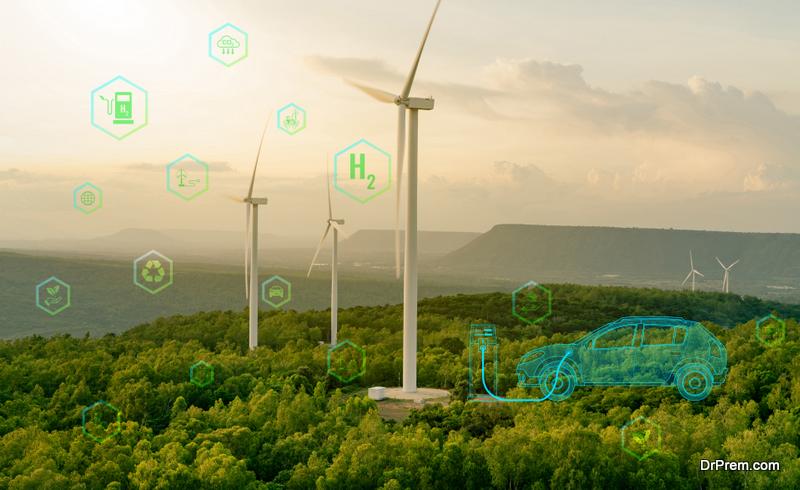Nowadays, in order to reduce the emission of harmful substances into the atmosphere and fight climate change, everyone must play their part, both private citizens, who are called upon to adopt a more sustainable lifestyle, and large companies, who can make a difference by adopting green production and distribution strategies.
Among the many paths to undertake to achieve climate neutrality goals is the energy transition, which involves switching to clean and sustainable forms of energy, characterized by low environmental impact and non-depletion of the energy source.
To help achieve the goals identified by governments in various countries, researchers, engineers, and companies active in the green energy sector are carrying out studies aimed at finding increasingly effective, reliable, and high-performance solutions.
In this article, we will find out which are the most innovative and up-to-date technologies that are being focused on to foster and simplify the energy transition.
Emerging technologies: which ones favor the energy transition
Innovations in the field of green energy are increasingly numerous and many of them are designed with the aim of promoting and accelerating the energy transition, thus increasing access to these resources and optimizing distribution networks.
Emerging technologies that are set to achieve astonishing developments in the medium or long term include those that harness marine energy and tidal currents and wave motion.
An important role is played in this respect by submarine cables, designed to transport and transmit energy. One of the most active companies in this respect is Prysmian Group, a company that guarantees, thanks to high quality interconnections, made using lightweight, newly developed materials installed in the depths of the sea, the transmission of energy even over great distances between different continents.
A further technology that relies on wave motion, but uses it not to produce energy directly, but rather as a support base, is that of obtaining clean energy through floating photovoltaic systems that follow the sun’s rays. In addition to offering excellent results in terms of energy production, these panels also reduce the proliferation of seaweed on the sea surface and the evaporation of water.
Green energy and hydrogen
Among the studies that are activating the greatest number of researchers in order to find increasingly innovative and efficient solutions is that involving the use of renewable hydrogen for the production of green energy.
Considered essential to efficiently support the decarbonization process, green hydrogen is obtained by electrolysis of water. Among the most innovative solutions is the one based on photoelectrolysis, which should make it possible to obtain both electricity and green hydrogen in a single process.
Increasingly sustainable accumulators
To optimize the use of sustainable energy, there is a need for accumulators that allow surplus production to be stored and used at times when energy sources are unable to produce.
For this reason, research is also focusing on the study of storage technologies that are more sustainable than those currently available.
Article Submitted By Community Writer


